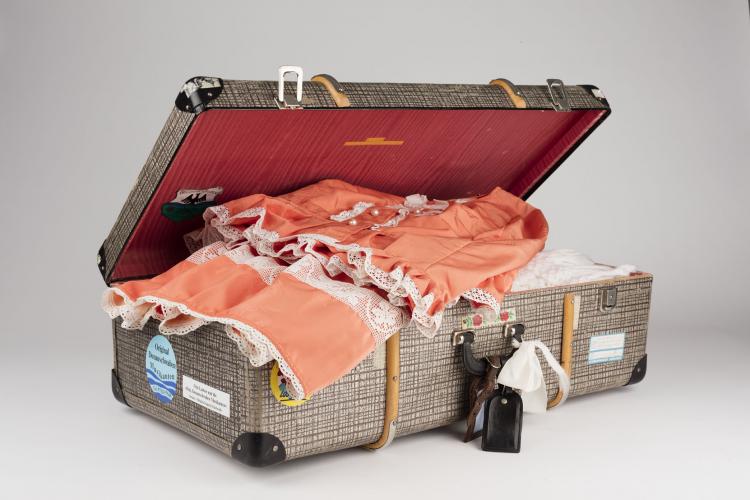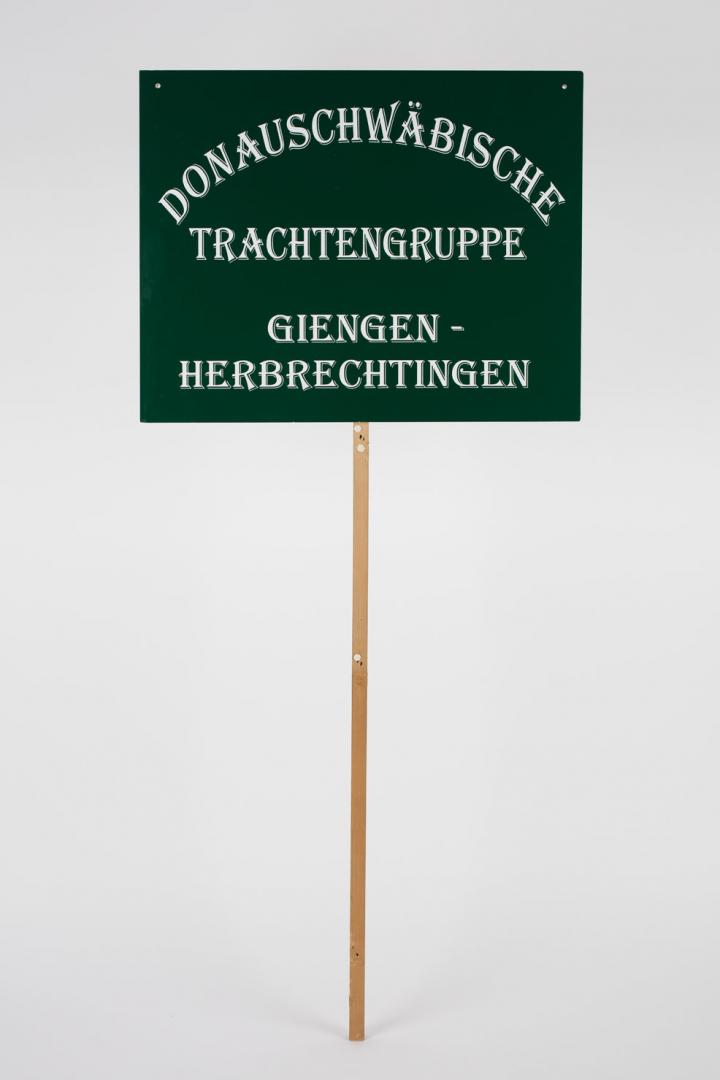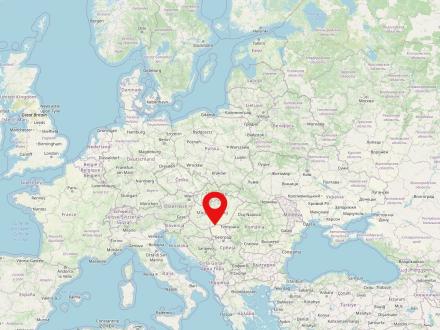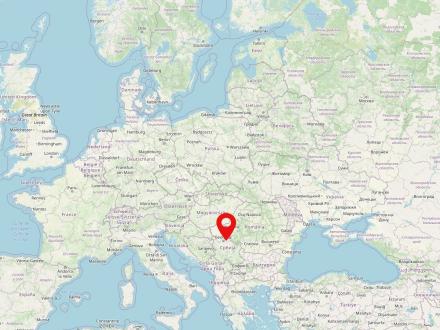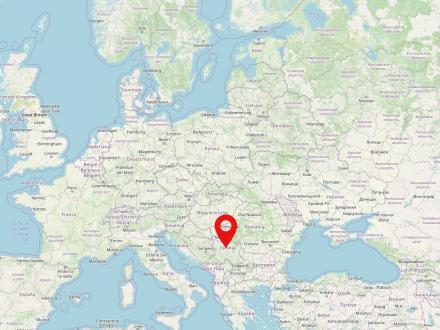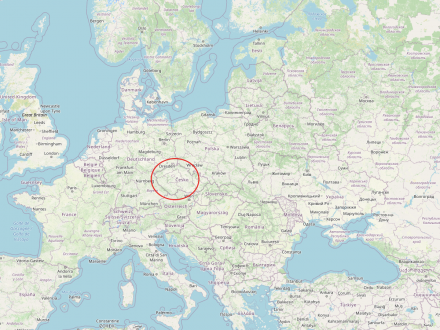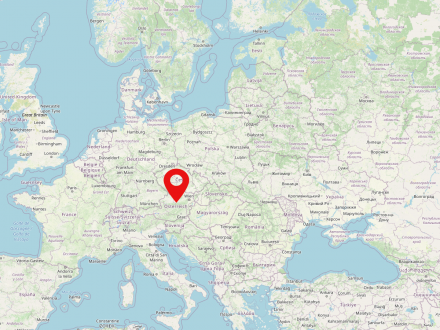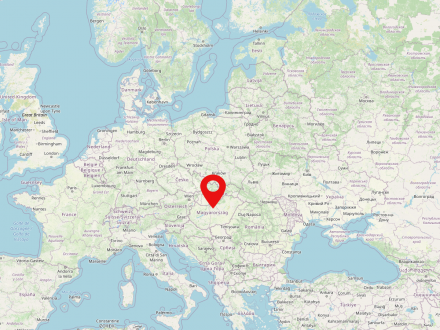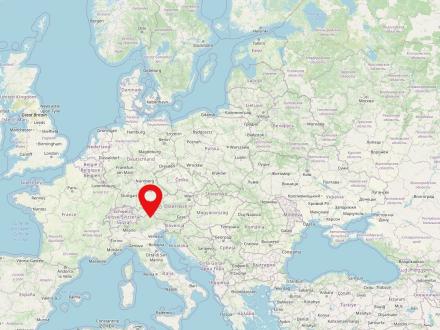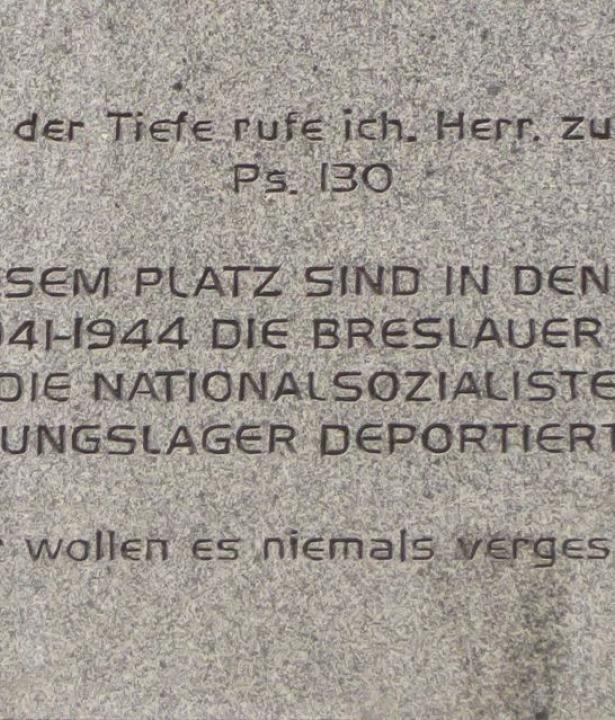
The settlement (Kun-)Baj was populated, given up and re-populated by different ethnicities over centuries. Around 1820, the first German settlers arrived. Most of them came from surrounding villages, but some may also have come from Württemberg.
Pančevo is located in South Vojvodina, at the confluence of the Tamiš and Danube rivers, at the very edge of the Panonian Plain.
Serbia (Serbian: Србија) is a country in southeastern or central Europe. The country is inhabited by 6.9 million people. Belgrade is the capital and largest city of Serbia. Serbia belongs to the so-called landlocked countries and is geographically classified as part of the Balkan Peninsula. The majority of the population are Orthodox Serbs.
The name Sudetenland (Czech: pohraniči/sudety, Polish: Kraj Sudetów) refers to partly disjointed, long border areas within the territory of the former Czechoslovakia along the border with the former German Reich. The Sudeten Mountains give the name to the region. The term, which had previously been used in a more general topographical sense, was increasingly applied in a political sense and in relation to the Bohemian, Moravian and Moravian-Silesian areas with a German-speaking population at the beginning of the 20th century and was adopted in a nationalistic manner. In 1939, the term finally became the name for the Reichsgau Sudetenland, established by the National Socialists as a result of the Munich Agreement (September 29, 1938).
Austria is a country in Central Europe populated by about 8.9 million people. The capital of the country is Vienna.
Hungary is a country in Central Europe, whose capital is Budapest. The country is home to about 10 million people and was part of the so-called Habsburg Empire for several centuries. Hungary has been a member of the European Union since 01.05.2004. The Danube is the largest river in the country.
In today's usage, the name South Tyrol mostly stands for the autonomous province of Bolzano-South Tyrol in northern Italy. Historically, however - and in a more general, topographical and geographical sense - the term was already used in the 19th century for the southern part of the region of Tyrol, which until the end of World War I was one of the crown lands of the Habsburg monarchy (from 1867 Austria-Hungary) as the 'Gefürstete Grafschaft Tirol'.

